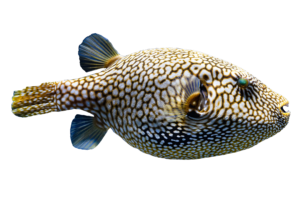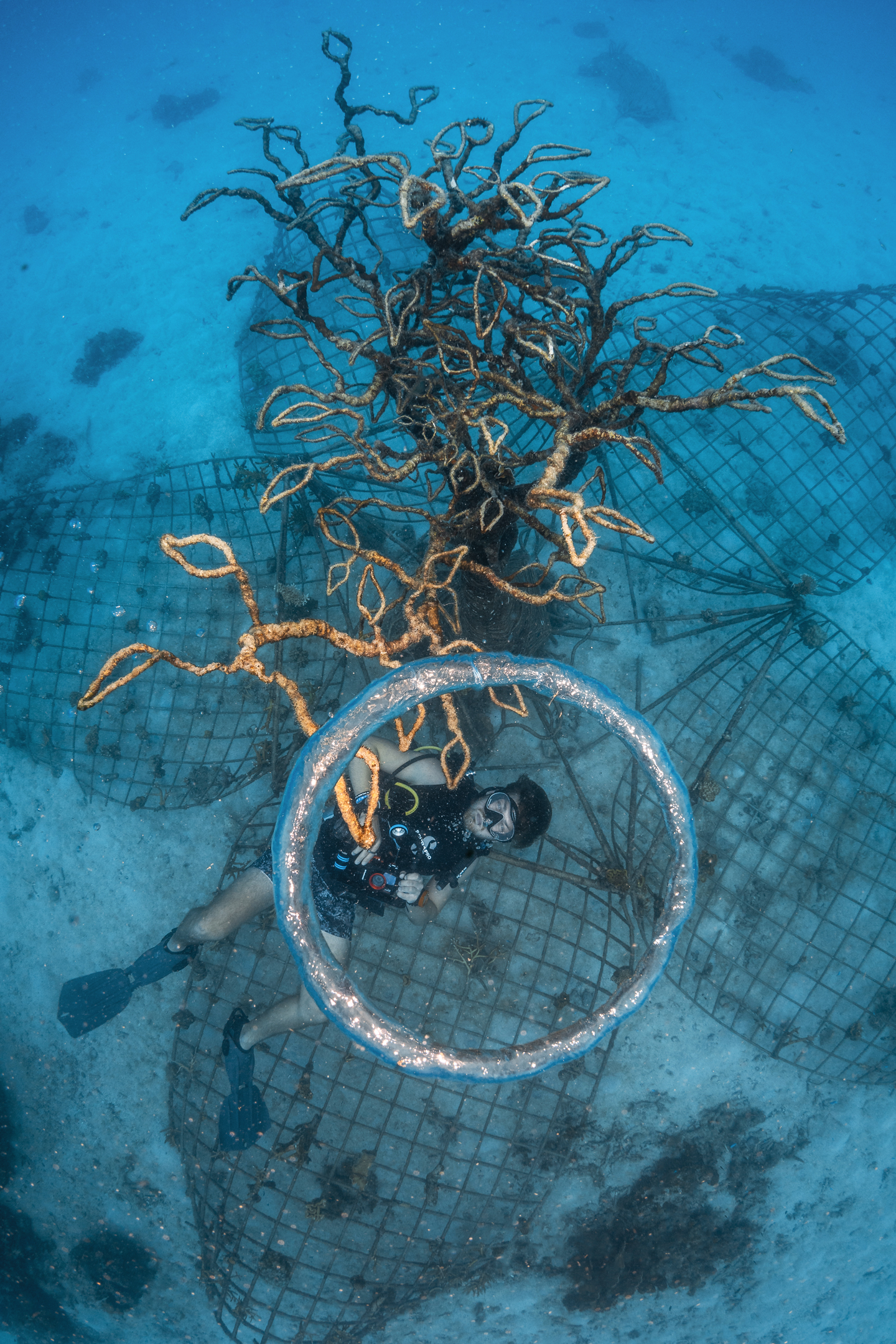The environment in which we experience art can deeply inform and enhance our emotional response to it. Drowning Sculpture blends the worlds of art and science into sculptures that are installed on the ocean floor to act as a base for opportunistic coral growth, and provide shelter for marine fauna. Drowning Sculpture aim to draw attention the plight of coral conservationists, as they desperately struggle to preserve these dying habitats. As coral colonize the surface of the sculptures, the art becomes obscured and the sculpture ultimately lives out its purpose – to create life.
Each instillation deployed by Drowning Sculpture draws from my personal mythology and touches on themes of hope and despair, emotions close to the hearts of conservation biologists and any environmentalist concerned about the rapid deterioration of ecosystems across the globe. When I became a reef conservation biologist and Conservation Diver instructor in 2014, it was jarringly apparent that despite the incredible work being done in the field of coral reef conservation, much of it was happening in darkness.

![]()
Many conservation efforts and conservationists are finding themselves in similar circumstances, where the work being done simply isn’t reaching an audience large enough to have any meaningful impact beyond the local habitats that they find themselves working in. Without widespread support, much of the interest and funding that this work would otherwise receive is lost. These incredible attempts at salvaging what natural beauty we have left on our planet end up disappearing into the backdrop of noise on media platforms that largely focus on stories that draw our attention away from what truly matters – the environments that allowed us to evolve and exist in the first place.

![]() My dream has always been to blend my greatest passions – art and science. Drowning Sculpture brings these two disparate fields together, capitalizing on the eye-catching and imaginative ideas of art and harmonizing that with modern scientific restoration techniques. Conservation Diver, our non-profit founded by Chad Scott, utilizes a wealth of modern scientific knowledge on coral gardening and restoration from the latest experiences of marine biologists from their published works. Partnering with Coral Aid, an open source non-profit created by Robert Svenster, the last 8 years of Drowning Sculpture has focused on the use of impressed currents and the latest in mineral accretion technologies to create bioengineered habitats that stimulate and enhance coral growth and resilience. Scientific publications on this technique suggest that coral grow up to 3-5 times faster using these low DC currents through a variety of means.
My dream has always been to blend my greatest passions – art and science. Drowning Sculpture brings these two disparate fields together, capitalizing on the eye-catching and imaginative ideas of art and harmonizing that with modern scientific restoration techniques. Conservation Diver, our non-profit founded by Chad Scott, utilizes a wealth of modern scientific knowledge on coral gardening and restoration from the latest experiences of marine biologists from their published works. Partnering with Coral Aid, an open source non-profit created by Robert Svenster, the last 8 years of Drowning Sculpture has focused on the use of impressed currents and the latest in mineral accretion technologies to create bioengineered habitats that stimulate and enhance coral growth and resilience. Scientific publications on this technique suggest that coral grow up to 3-5 times faster using these low DC currents through a variety of means.

If you dream of becoming a marine conservation biologist yourself or want to support the work of Drowning Sculpture or our partners Conservation Diver and Coral Aid in other ways, please join us in our fight against Climate Change at one of our Conservation Diver centers. If you can’t join us physically in our actions, you can always further our cause by donating.


